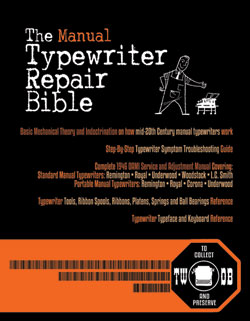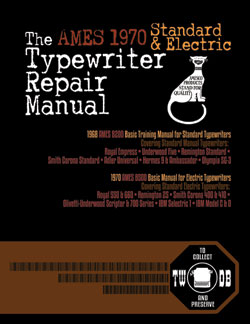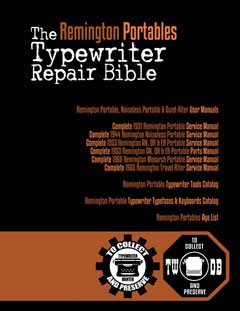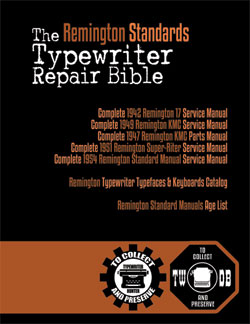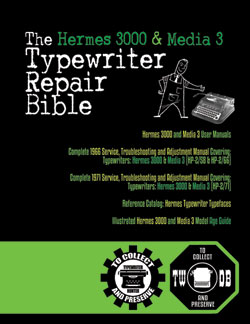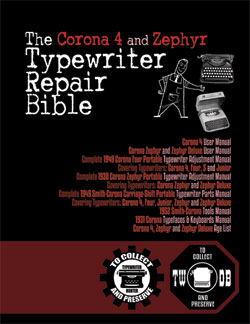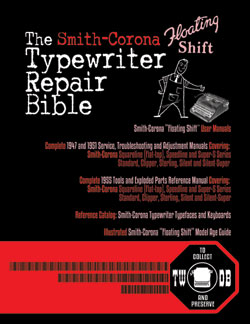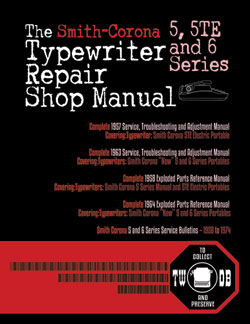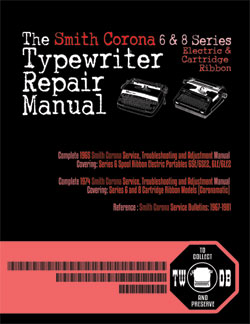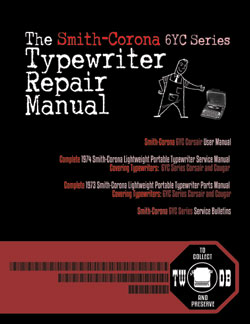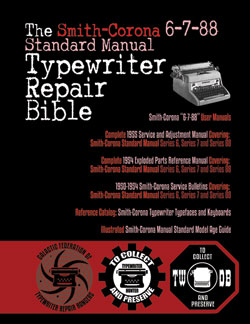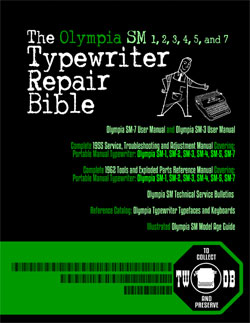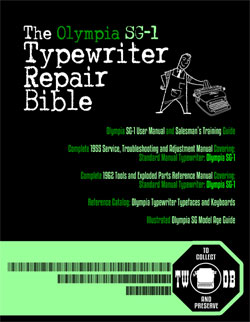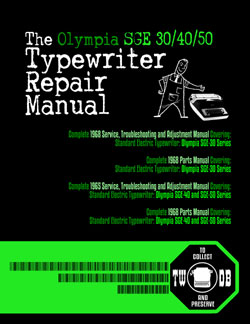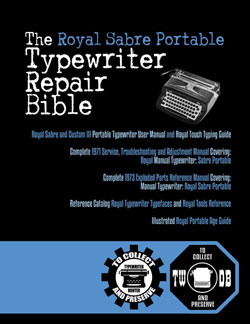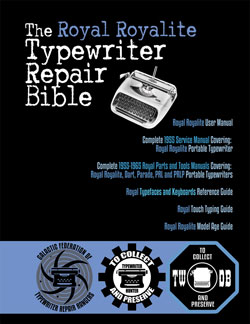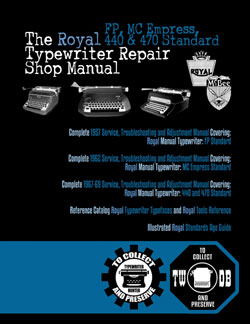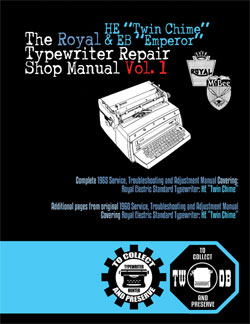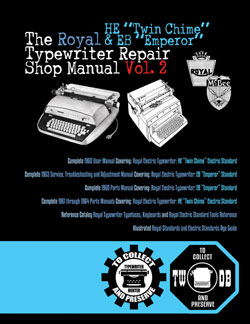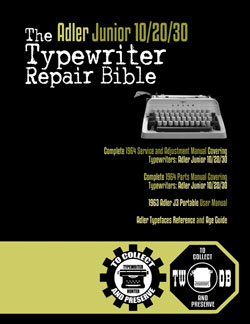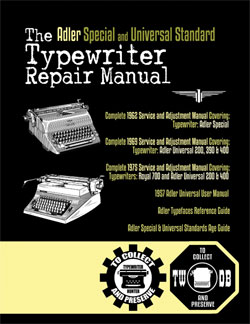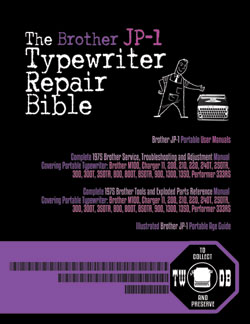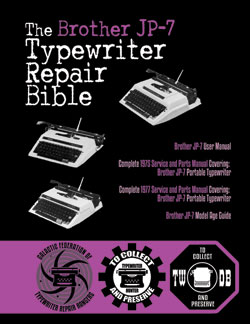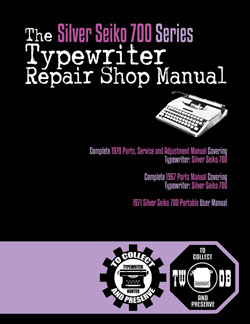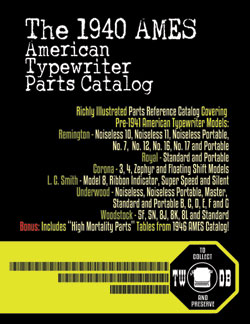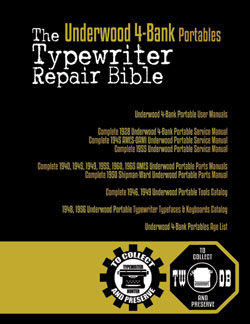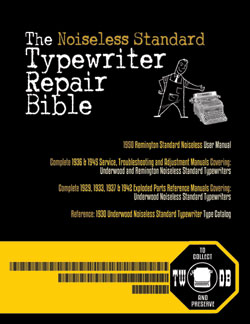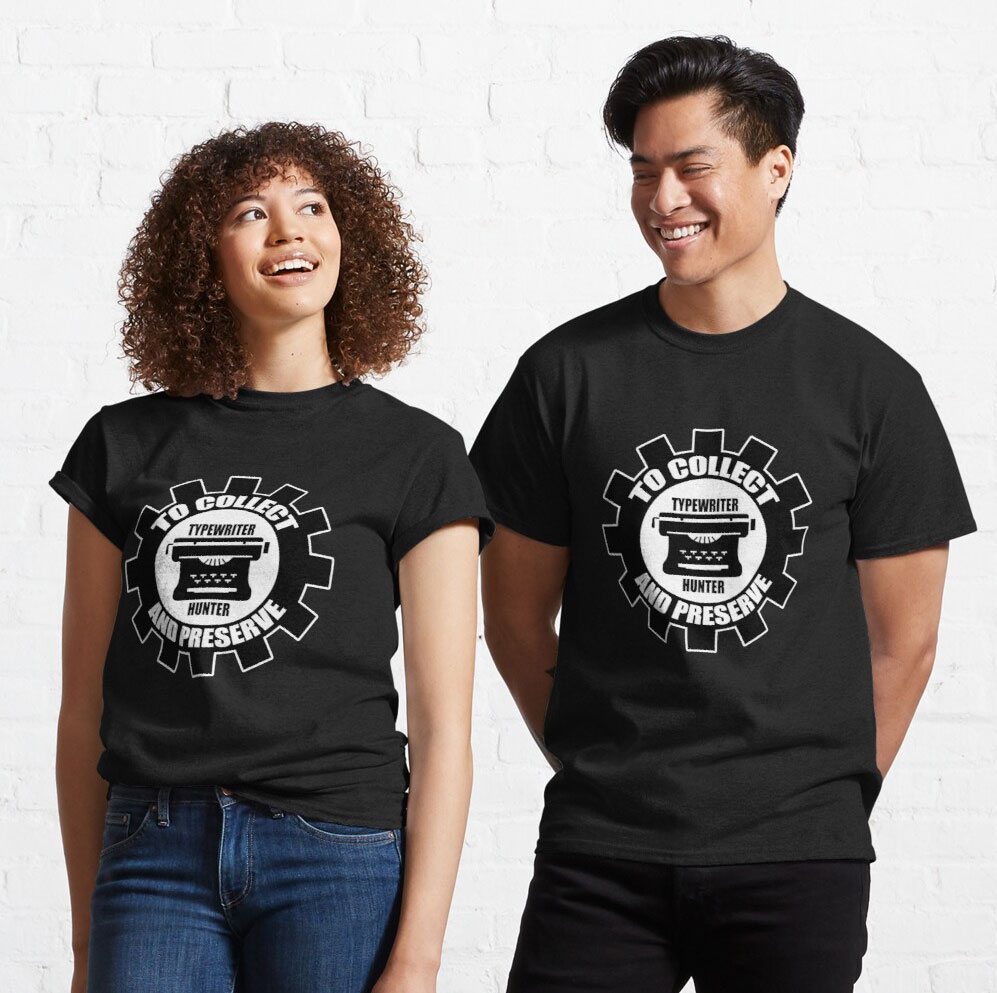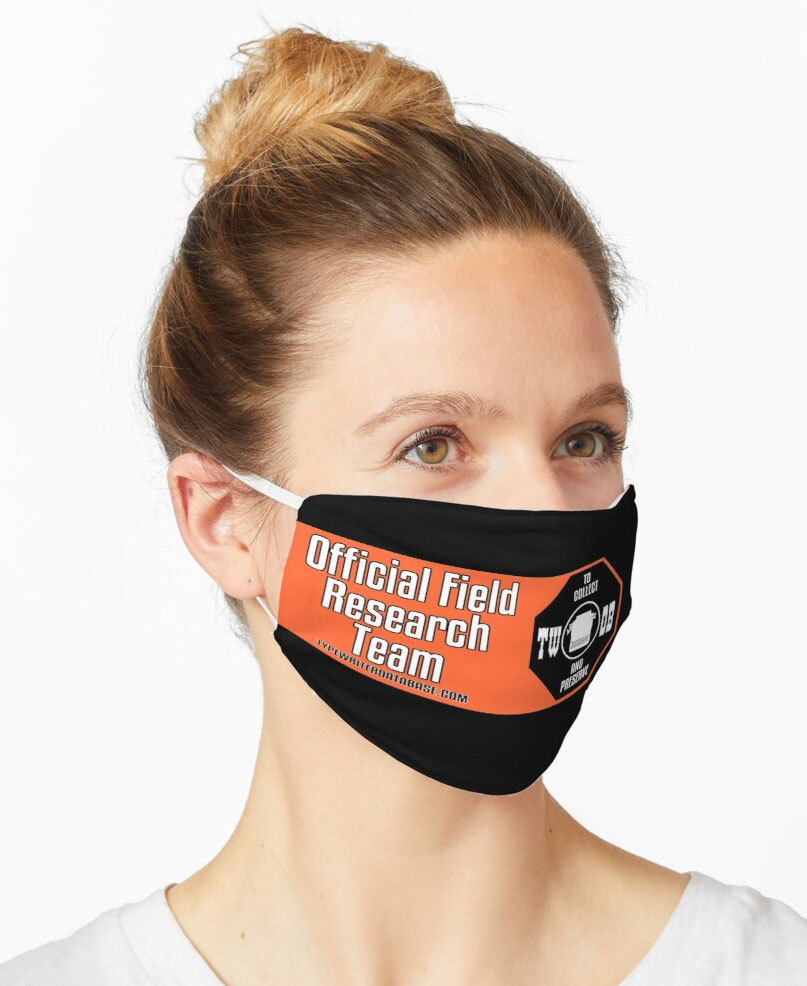1968 Olympia SG3 #7-2069523
Status: My Collection
Hunter: Nicholas DeLessio (Del20nd)
Created: 03-10-2024 at 07:27PM
Last Edit: 03-11-2024 at 06:04AM
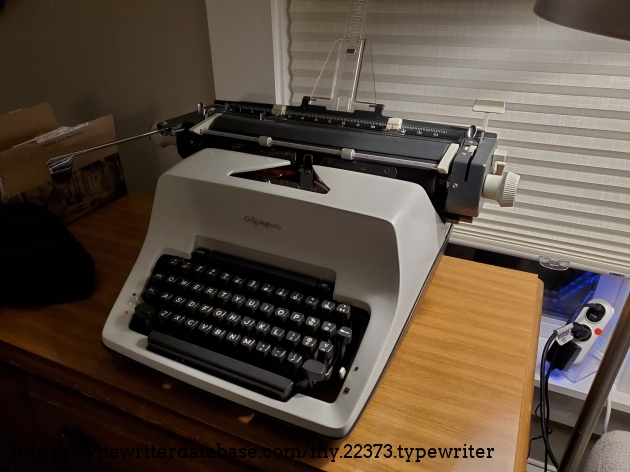
Description:
I love this typewriter.
This particular SG3 is from the transitional period between the earlier "mint accent" and later "70s orange logo" Olympia SG3s. Cosmetically it's more similar to the earlier machines, with all of the older style cues, but it has the color scheme of the later machines, but it's the first clear push towards the later machines.
Aside from the differences in keyboard and accent colors, there are a few other very minor build differences from the older models:
- The ratcheting mechanism on the main spring has been replaced with a more typical (and cheaper) screw adjustment. I'm not sure exactly when this happened, but most pre-'68 SG3s in this database still seem to have it and this machine does not.
- The rear margin indicator has gone from aluminum to plastic, as it would remain on later SG3s.
- The tab key is no longer labeled (it actually is, but the legend is shot in the same color as the key so it's basically invisible. I'm not sure why they would go to the trouble of still producing a double shot key just to hide the legend, but they did.
- The nicer internal yellow levers to release the carriage have been replaced with simpler ones.
- The paper injector has a simplified one piece handle design, though it's still in a beige accent color here. Later models made this (and the platen knobs) a uniform dark grey.
I'm sure that there are a few other minor differences, but this is what I could immediately see when comparing to the earlier machines. On the whole, this is a weird sort of half step into the later design, which would simplify a lot more of the small levers and accent colors before moving production off to Mexico in the mid 70s, which came with much more significant build differences. This 1968 model was still very early in the cost cutting stage for this machine, and these small changes shouldn't deter somebody interested in owning one. I personally like the older style with the later color scheme and think that it's a good tradeoff.
I spent a good amount of time bringing this typewriter back to working condition. The segment was so caked with grime that it required disassembly to get cleaned. No amount of solvents would get those keys unstuck. The rest of the machine has been cleaned as well as possible without a full disassembly.
The result is, hands down, the best feeling typewriter that I've ever used. It just flies. You throw words at it and it will keep up. The only complaint I could make might be that the carriage is a bit heavy on the return, but in practice it's never slowed me down; it's almost cathartic to slam it back into position.
With this being a fully featured 'L' model, only the venerable SG1 beats it on features for a manual. You have the paper injector positionable from line 4 to 20 of a piece of paper, double space key for E M P H A S I S, unjam key (margin release), key set tab with speed governor and clear-all flusher, the famous two lever removable carriage, half line spacing from single to triple line spaces, paper holder with lines remaining indicator, extended character set, and aside from that, basically every other feature you could think of that's on any other typewriter you know of that doesn't have a trademarked name. I don't really have to tell you that this has a touch selector and auto reversing ribbon. The SG1 has all of this plus a 3 position ribbon selector, so you do miss out on that one feature here.
It's build like a solid hunk of metal. I don't understand the complaints about SG3s getting "plasticky." There's almost no plastic in this design. About the only place plastic crept in where it wasn't on the SG1 is the ribbon mechanism, which sports plastic gears. But Those plastic gears are still in perfect condition and not under heavy load, so this isn't really an issue. The frame, body and housing are all metal.
One small, nice feature that nobody mentions about these: they have hand wells pressed into the bottom of the case, which make them easy to pick up and grab... as long as you don't throw out your back doing so.
This has become, by far, my favorite typer. The styling is a bit tough to love and it's absolutely enormous (about 36 pounds and consumes my small writing desk) but it's absolutely a sacrifice worth making for the typing prowess on display here. The full feature set, neat elite typeface, and addictive good key feel have hooked me in a way that no other typewriter has managed to do. This one will be in my collection for a long time.
Typeface Specimen:

Photos:
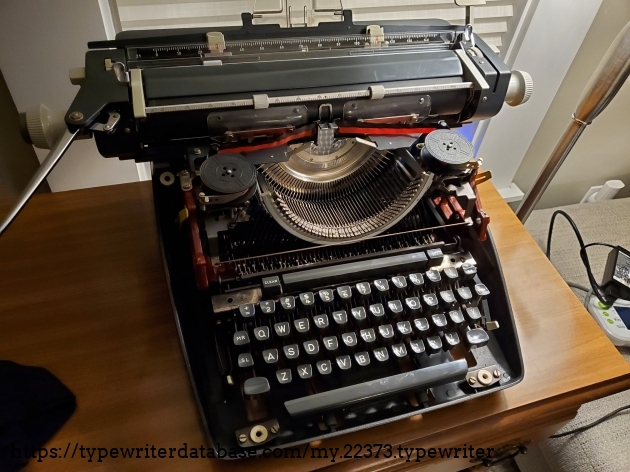
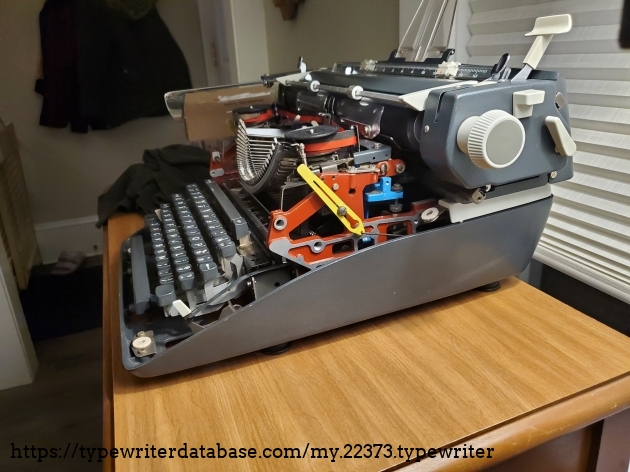

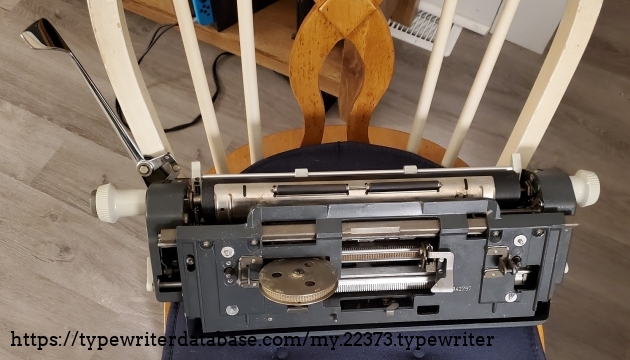
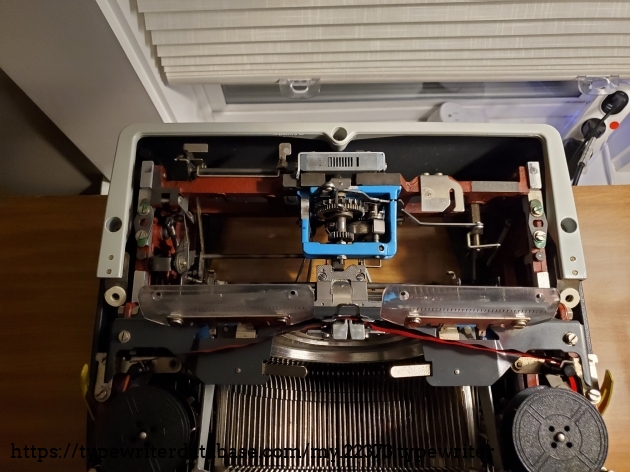
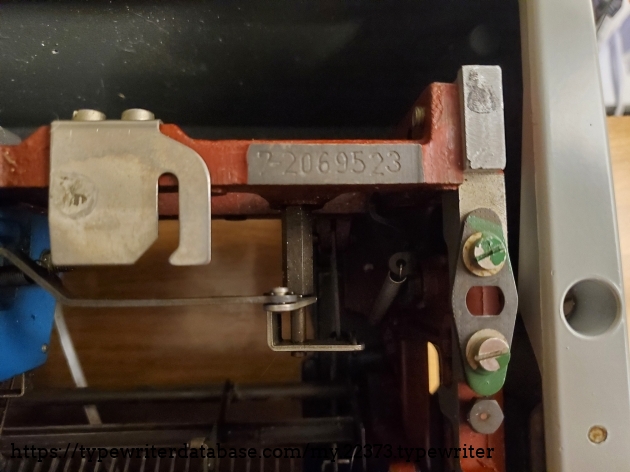
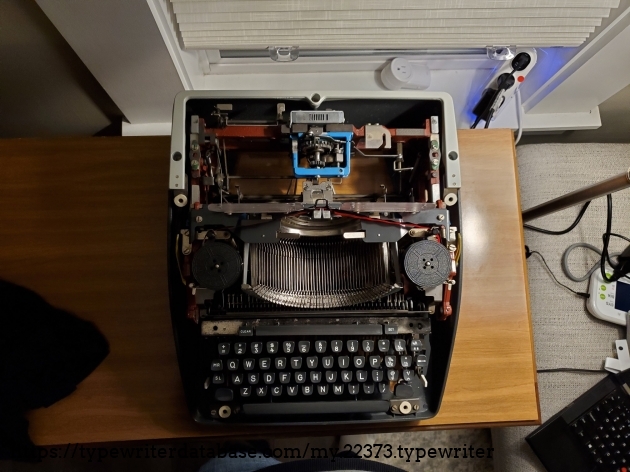
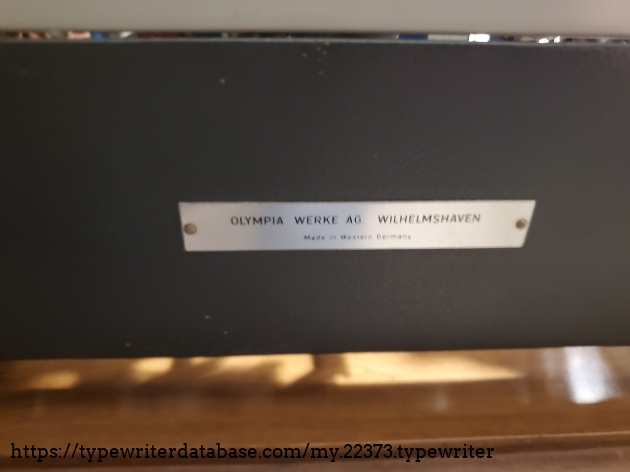
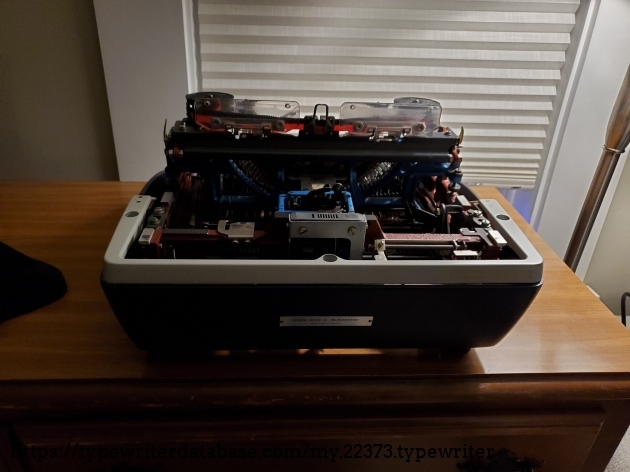
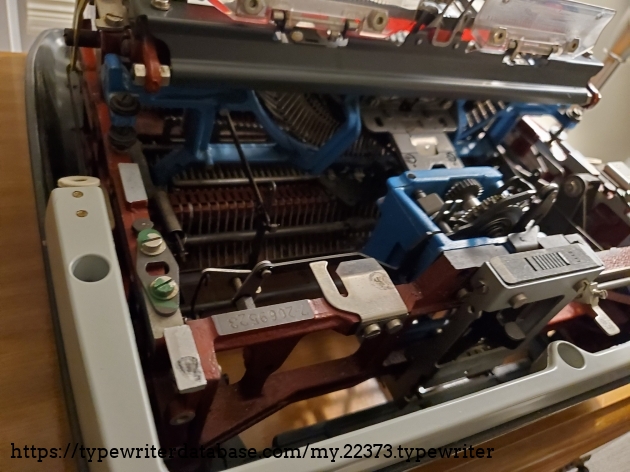
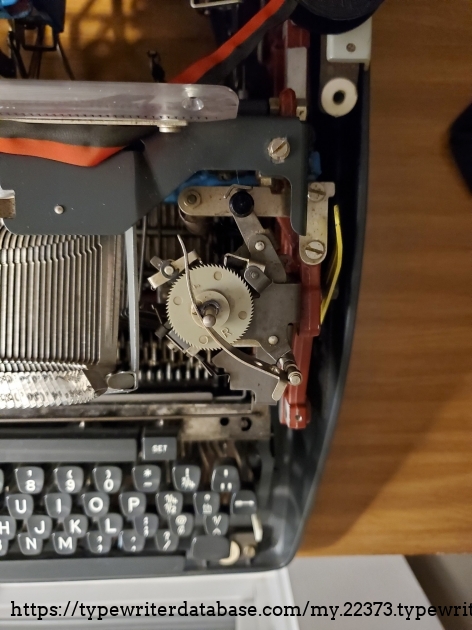
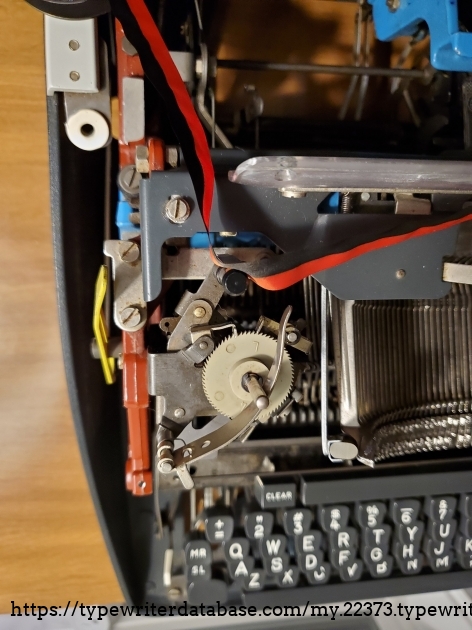
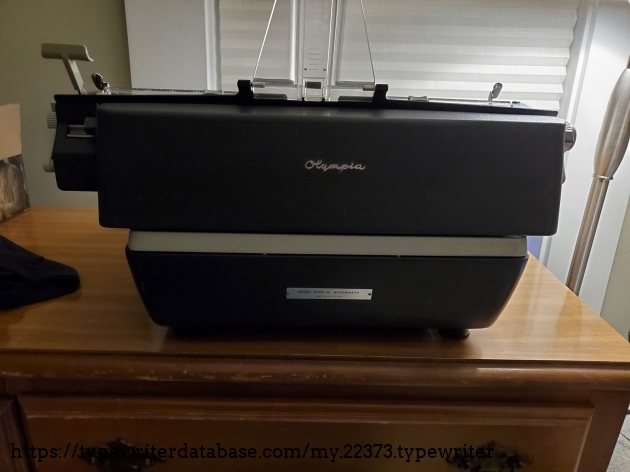
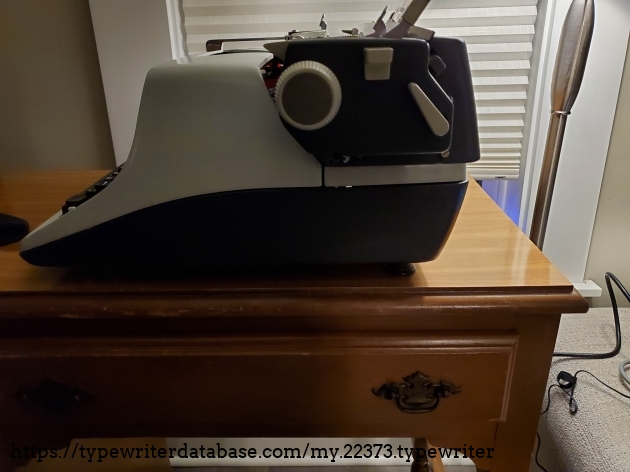
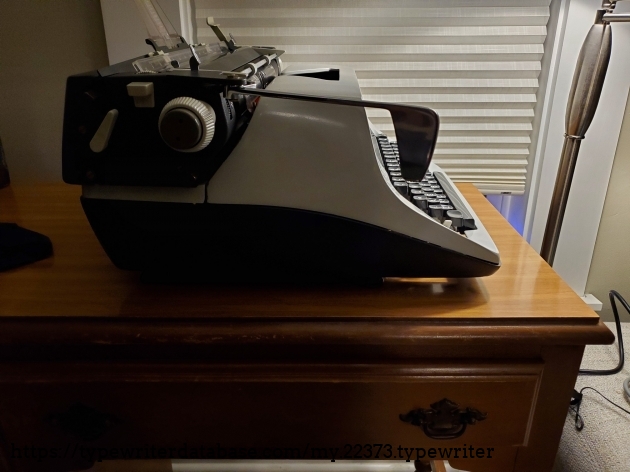
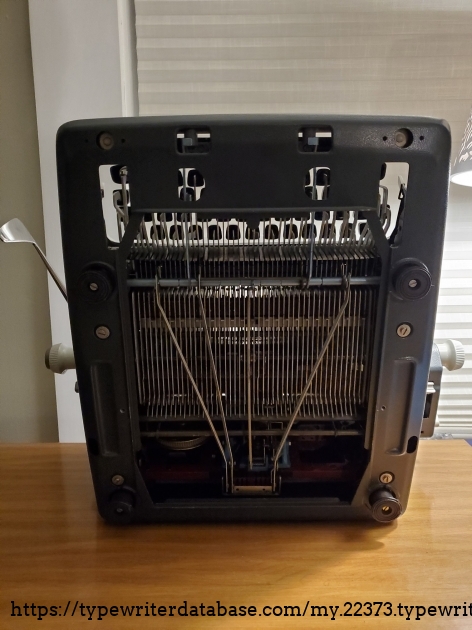
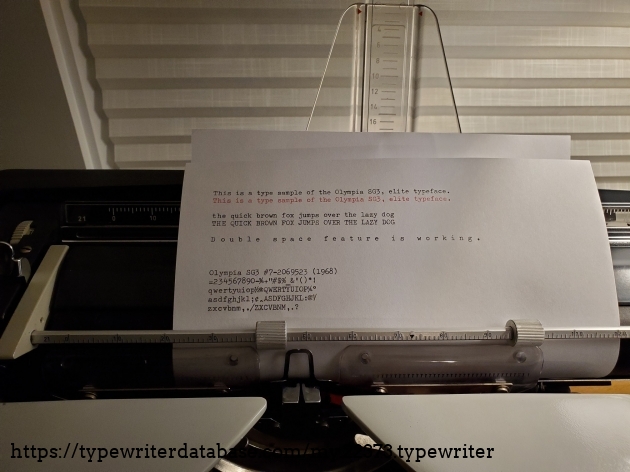
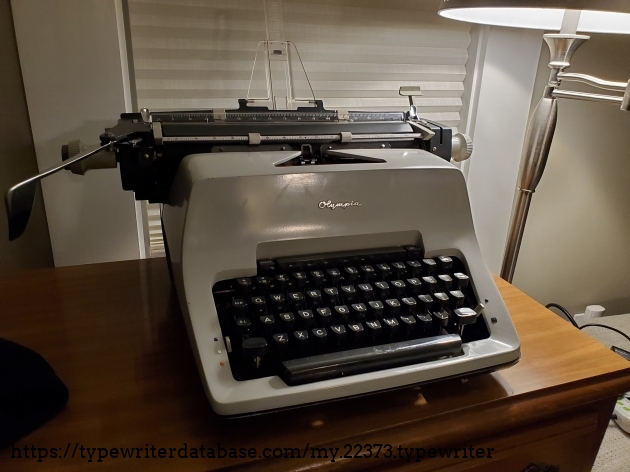
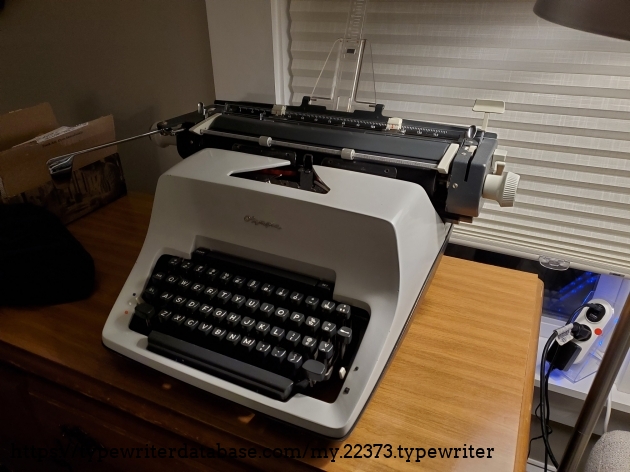
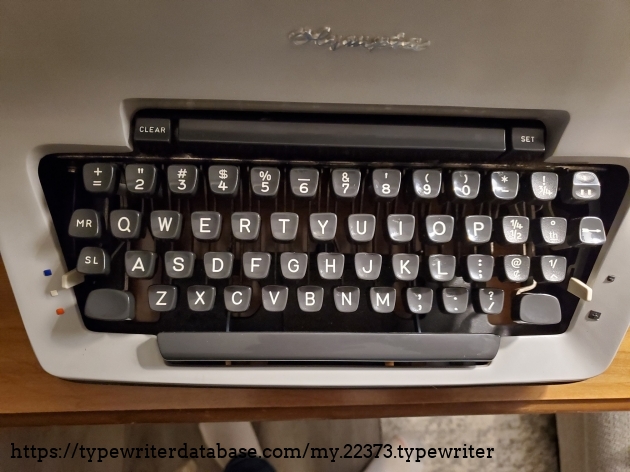
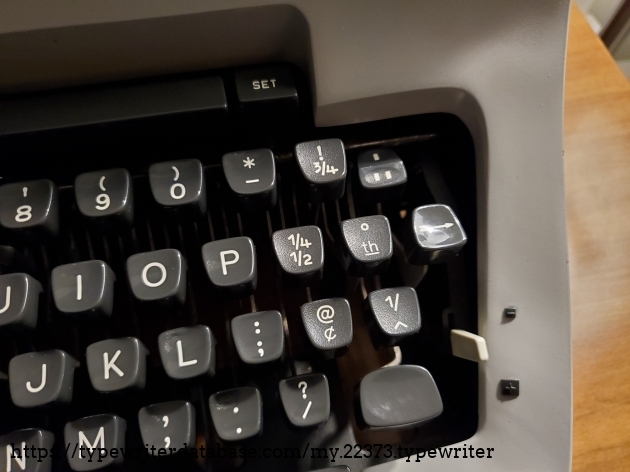
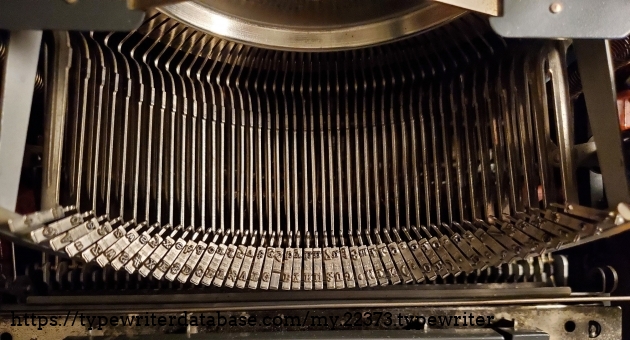
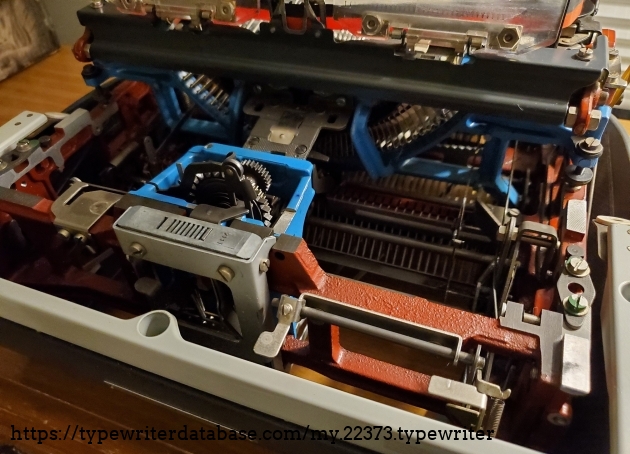
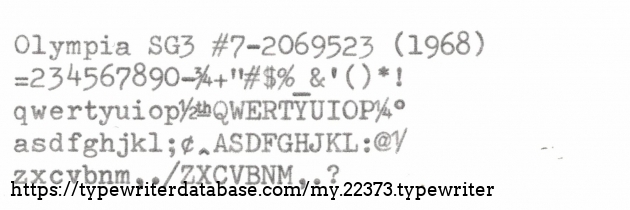

Hunter: Nicholas DeLessio (Del20nd)
Nicholas DeLessio's Typewriter Galleries [ My Collection ] [ My Sightings ]

Status: Typewriter Hunter
Points: 57
I'm an amateur typewriter enthusiast with a small, curated collection. Typewriters have fascinated me since a very young age, and after getting my first Underwood 319 portable in Kindergarten, I spent almost 30 years rotating, expanding, and then whittling down which machines I own until I found the right ones. My only regret is that I gave away so many machines before starting to catalog them.
I mostly use my typewriters for drafting out ideas and journaling. There's no better tool for getting thoughts out, in my opinion. The purpose-driven functionality of the typewriter forces distraction free, edit free writing, which happens to be the best rough drafting technique.
RESEARCH NOTE: When researching the Olympia SG3 on a computer with lots of screen real estate, you may find that launching the Olympia Serial Number page and the Olympia SG3 By Model/Year/Serial page in new browser windows can give you interesting perspectives on changes throughout the model series.
